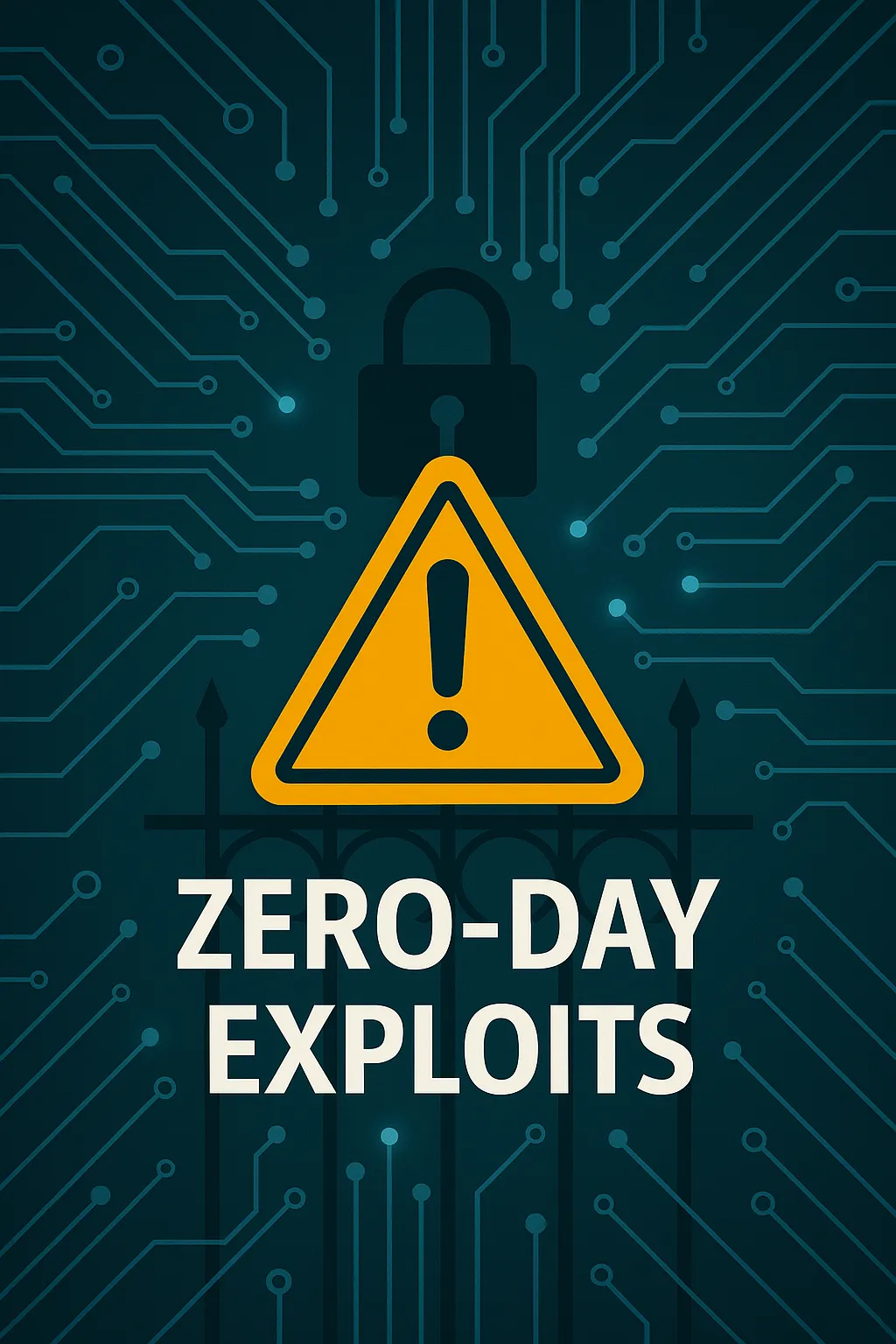Understanding Zero-Day Vulnerabilities: Risks and Prevention
Welcome to our in-depth discussion on zero-day vulnerabilities, a pressing topic in the tech and cybersecurity worlds. This blog post aims to shed light on what zero-day vulnerabilities are, why they are a significant threat, and how both individuals and organizations can take steps to protect themselves against these potentially devastating exploits.
What is a Zero-Day Vulnerability?
A zero-day vulnerability refers to a previously unknown security flaw in software or hardware that hackers can exploit before the vendor is aware of its existence. As the name suggests, 'zero-day' indicates that the developers have zero days to fix the flaw because the attack occurs as soon as the vulnerability is discovered.
The Rise of Zero-Day Attacks
Recent reports indicate a surge in zero-day exploits targeted by cybercriminals and nation-state actors. With the evolving landscape of cybersecurity threats, swiftly deploying patches is crucial to mitigate these attacks. According to a 2023 report, the increased utilization of such tactics underscores the relentless pace at which cyber threats evolve and the immense challenges faced by cybersecurity professionals in keeping up.
Recent Exploits and Industry Response
Mozilla recently addressed a critical zero-day vulnerability exploited in the wild with its Firefox 131 update. Known as CVE-2024-9680, this vulnerability allowed attackers to perform remote code execution. Read more about this specific patch, which serves as a robust example of timely and decisive action ostensibly mitigating a potentially widespread exploit.
Similarly, Microsoft has been proactive with security updates, which in May 2024 addressed about 60 vulnerabilities including active zero-day exploits. These extensive updates, which span across various software products, are part of Microsoft's ongoing efforts to shield its vast user base from cyber attacks.
Innovations in Zero-Day Discovery
The role of artificial intelligence in cybersecurity is increasingly pivotal. A noteworthy development in this arena is Google's utilization of AI to detect zero-day vulnerabilities. Their collaboration with DeepMind led to the discovery of a zero-day flaw using AI technology, marking a significant milestone in the automation of cybersecurity. Google’s AI-driven discovery process not only highlights the potential of AI in cybersecurity but also paves the way for future innovations that could proactively identify security threats.
Protecting Your Systems
Ensuring the security of your IT environment requires a multi-faceted approach. Regular software updates, vigilant monitoring for unusual activity, employing robust security solutions, and educating users about potential risks are fundamental. Additionally, organizations should consider engaging cybersecurity experts to conduct regular audits and configure advanced threat detection systems.
Conclusion and Takeaway
Zero-day vulnerabilities present a significant risk, but with informed strategies and proactive cybersecurity measures, the potential damage can be minimized. It is essential for users and organizations alike to stay informed about the latest security developments and to implement strong security practices consistently and diligently.

